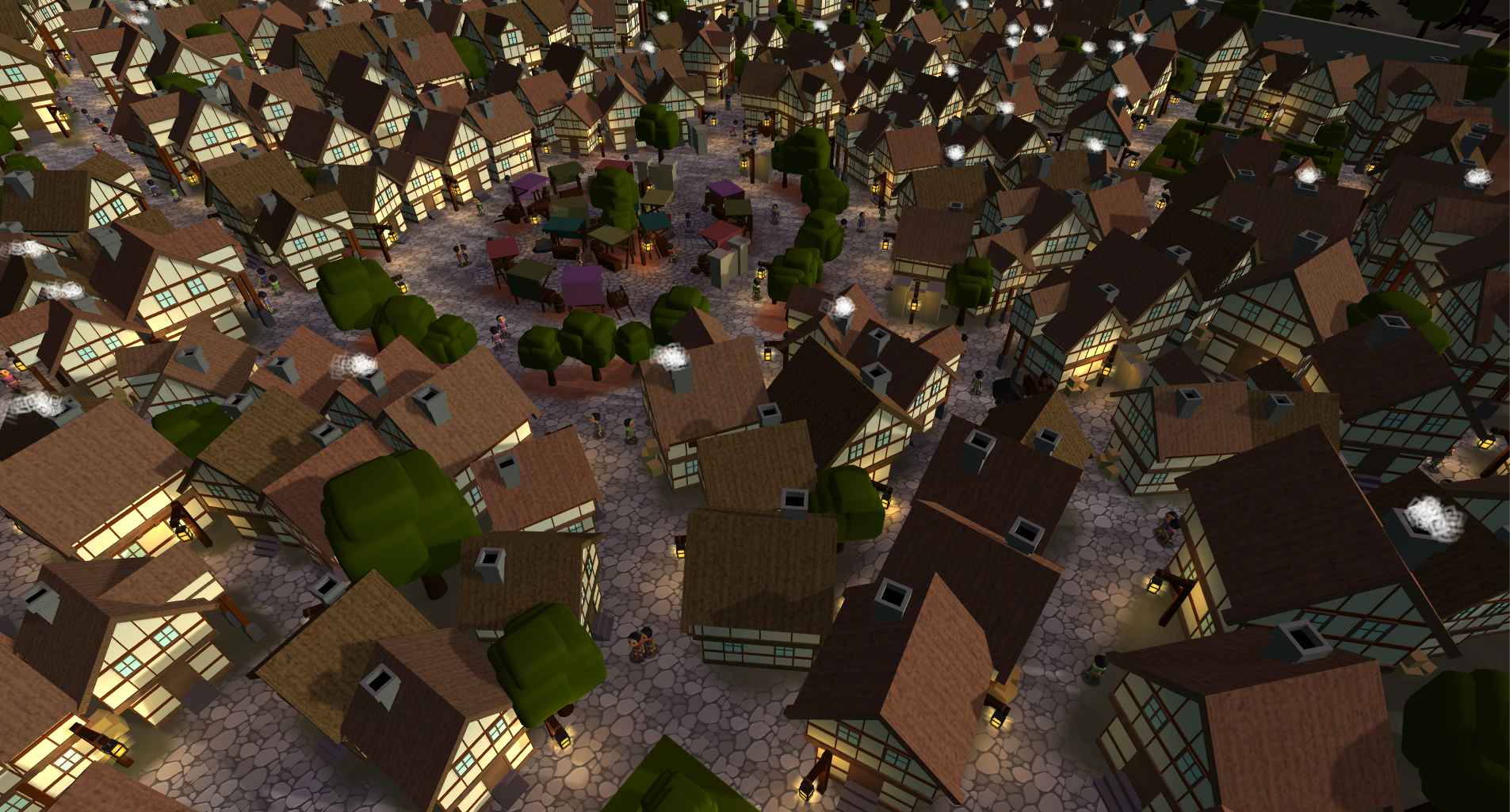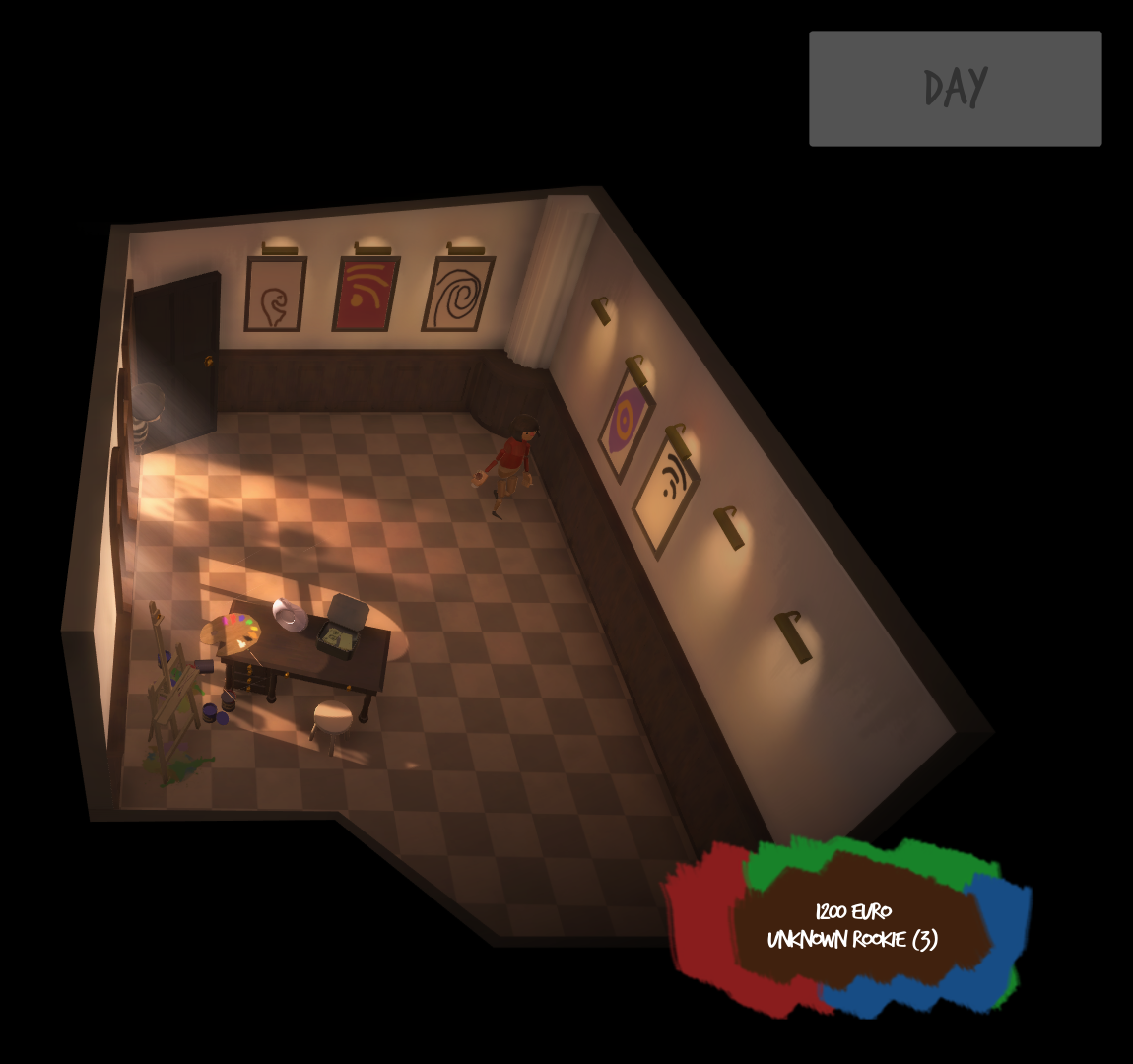Hey, Mattias here. I wanted to write a bit about how we’re currently working and why. Hopefully this can serve as inspiration and/or help for a method of work as a game developer (though it could most likely be applied to similar fields but those are uncomfortable for me so I’ll stick to games). Let’s get to it!
WTH is Rapid Prototyping?
Rapid prototyping is exactly what it sounds like, you produce prototypes in rapid cycles, in our case it’s prototypes for games. Thist means that we produce one prototype every two weeks (it’s actually in one “work week” as we work half time at the moment to manage university-stuff, but for simplicity we will keep calling it two weeks).

Why Rapid Prototyping?
So why do we do this? The answer to this question has a bit of history linked to it.
When we first started in the summer of 2015 we hade serious issues with actually coming up with game ideas that we felt excited about and wanted to work with. This was so strange us, we really want to make games – how the hell can’t we come up with any good ideas?! This question came to bother us for quite some time, 5 months to be more precise. We listed the reoccuring problems as this:
- Development times for the games were too long, it was too much of a time investment
- We feared experimenting too much, making our games quite generic
- We had trouble finding ourselves as indies
The last one might sound cheesy but is ever so important. I believe you must find your place in the smudge that is the indie game industry, everyone has their thing, their niche, and without it you will surely have issues getting exposure and in extension have trouble selling your games. Finding yourselves is not only important for sales/marketing it’s also important for you. It will bring purpouse and direction to your work, and can help you with your decisions.

How Does It Work?
Now I’m going to explain our method as I’m sure everyone does it their own way. Our method works as follows:
- Each team member prepares and performs a pitch of their own game concept.
- We vote for the concept we want to work on.
- The winning concept is discussed and altered to fit our two week scope.
- We mash a prototype together using code, duct tape and glue (no, really, you don’t know how broken things are from our perspective).
- Forget to integrate Analytics and then remember to integrate Analytics (important for the evaluation bit that we do later).
- Release on Gamejolt, Itch, Indiedb and Indiegamestand (the best one out of these for receiving verbal feedback is Gamejolt without doubt, don’t miss putting it up there).
- Do the dreaded marketing, you need to boost your game to not drown among all the other free games. I can’t stress how important this is and it must be done both before and after release.
- Repeat step 1-7 (for a new prototype) until enough time has passed to make your prototype eligible for evaluation (we reckon about 2-4 weeks on the cyberspace is enough)
- Evaluate your prototypes: Were they popular? Did they enjoy the core concept? Did they gain any followers that can follow you into further development? Etc.
- If a prototype is deemed worthy of further development, scrap everything you have and start from scratch. You really don’t want to build a full game on the base of a prototype, it will only give you headaches.
As of now we’re on step 8 and will repeat step 1-7 until the new year arrives, the main reasons being us needing to get a break from anything work or study-related and us needing some distance from our games. It’s so easy to get over-attached to a game, getting some distance before making important decisions is vital. Hopefully we’ll come back from vacation well rested and with a fresh perspective.

Conclusion
To conclude this is how we put ourselves in an environment that forces us to create shorter, better games. If you experience similar issues as we did I want encourage you to try this method out, even if it’s just for a month. As an end note I want to wish you all a happy holiday and we’ll see you again next year.

